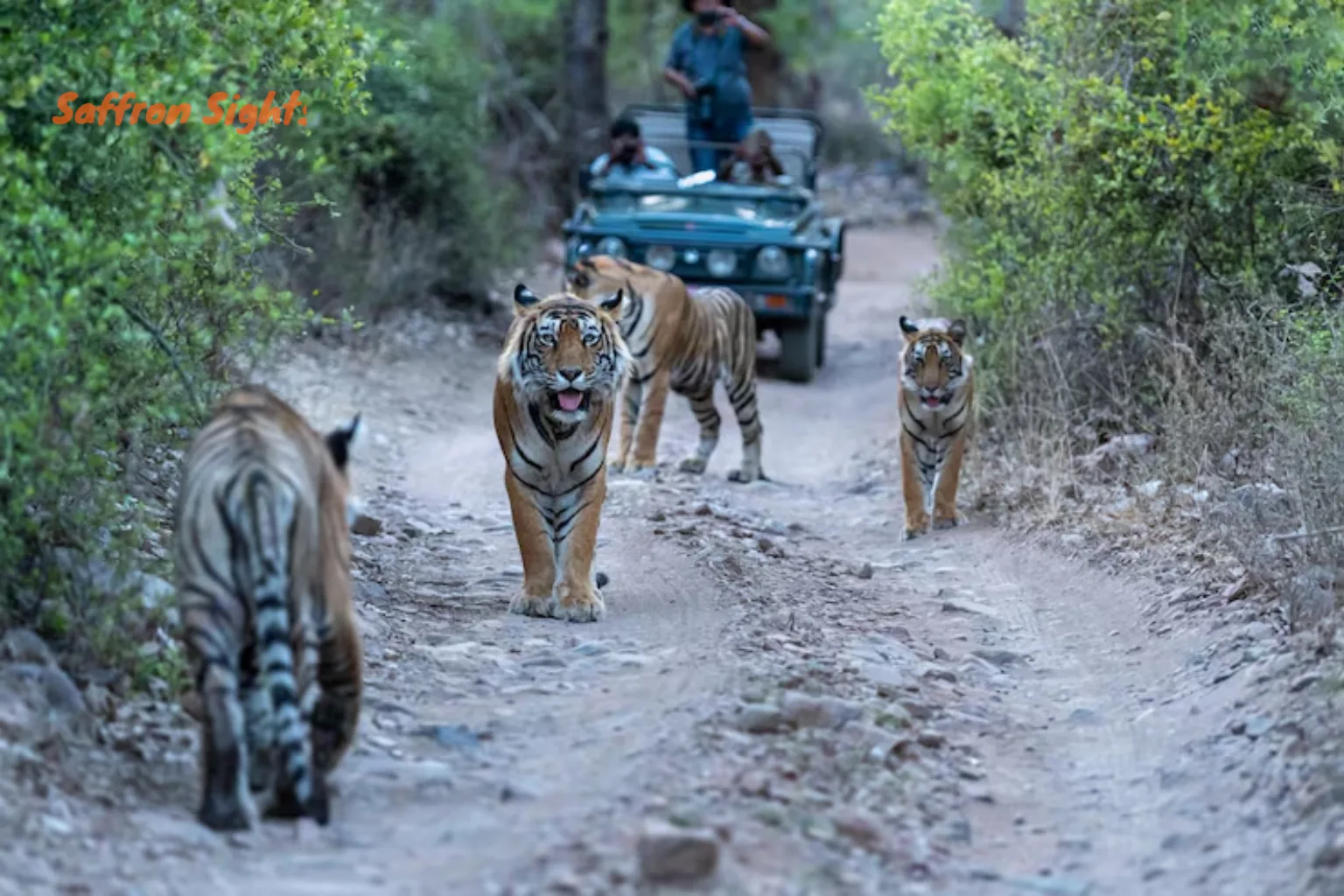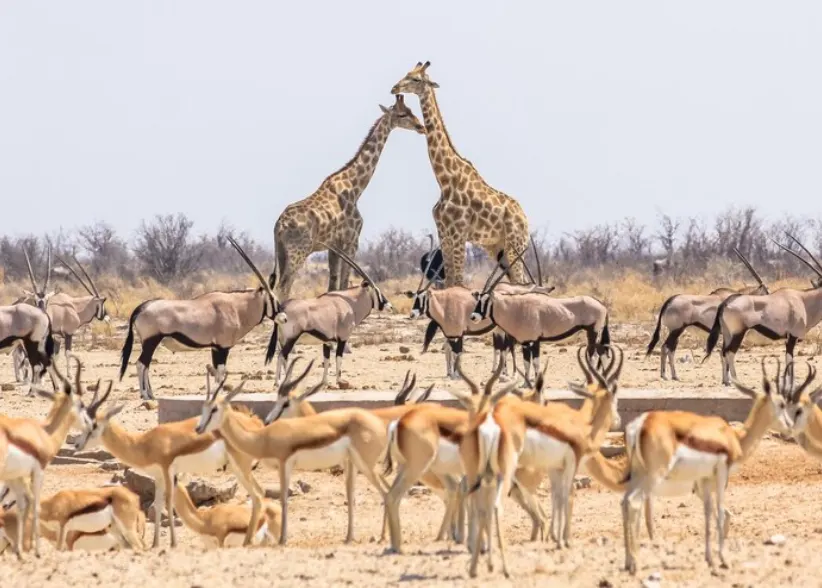
India boasts an astonishing 102 national parks that almost cover 5% of India’s geographical landscape. You can see tigers and elephants, monkeys and rhinos, antelopes and leopards – a total of 90,000-plus or so. You simply can not even try and pack them all into one park. Come along on India’s finest national parks vacation, one and all, with nature’s wonder and sheer diversity.
Wildlife safaris in India
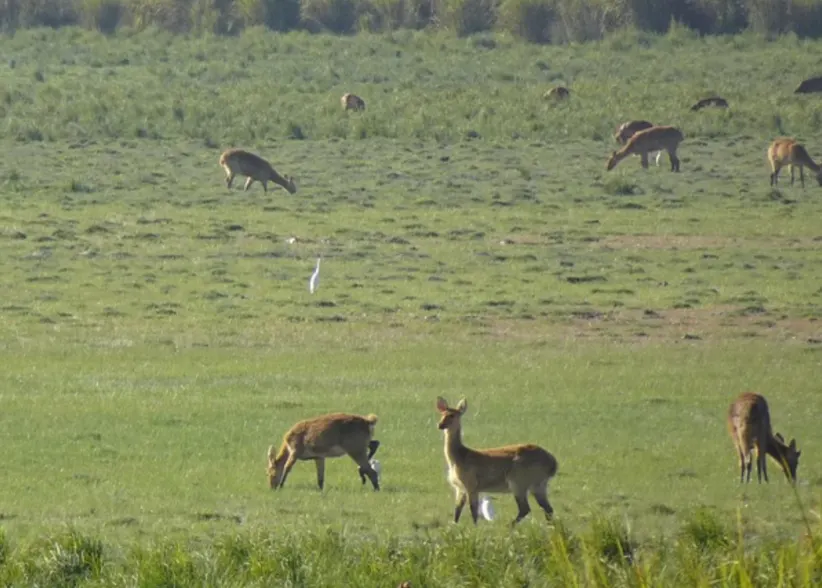
An Indian wildlife safari is an adrenaline-pumping ride on a spine-tingling tour. You get to experience bewildered animals such as the Royal Bengal Tiger, the Asiatic Elephant, and other mythical flora and fauna. Get some relaxation in Goa’s beach paradise before you embark on your safari, which also includes some of the most Instagrammable places in Goa. From golden beach-lined shores to Portuguese-up-town carnival-like streets, they are replicated in splendour for travel photography. From India’s finest tiger safari to a vacation escape in emerald wilderness retreats, this travelogue takes you on a tour by advising how to plan the perfect tour.
Kaziranga National Park
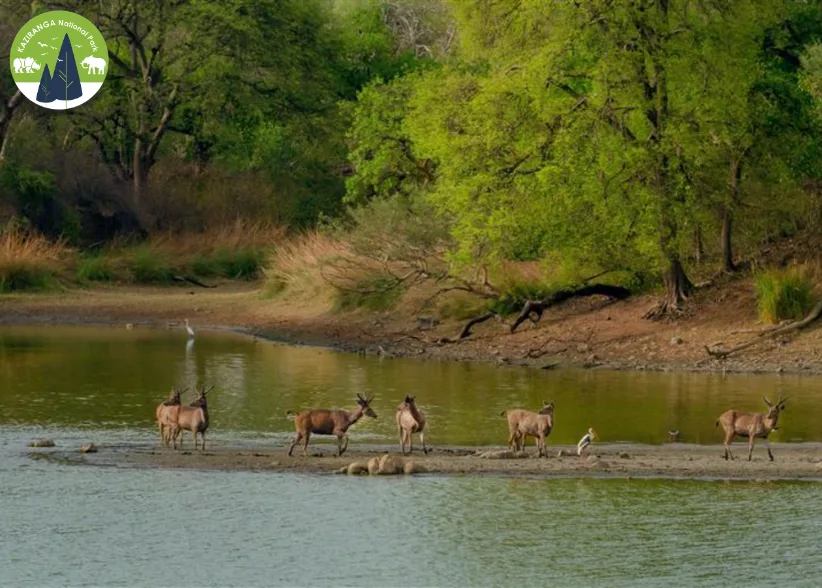
Ever get to see a herd of unicorns? Your chances are better, or you may be just lucky when you get to see Kaziranga National Park. The best choice for India’s most excellent national parks is this one because it’s just plain packed with one-horned rhinos. This national park has 17 mammals, 10 reptiles, and 23 birds. It has green grasslands and the Brahmaputra River floodplain..
Bandhavgarh National Park
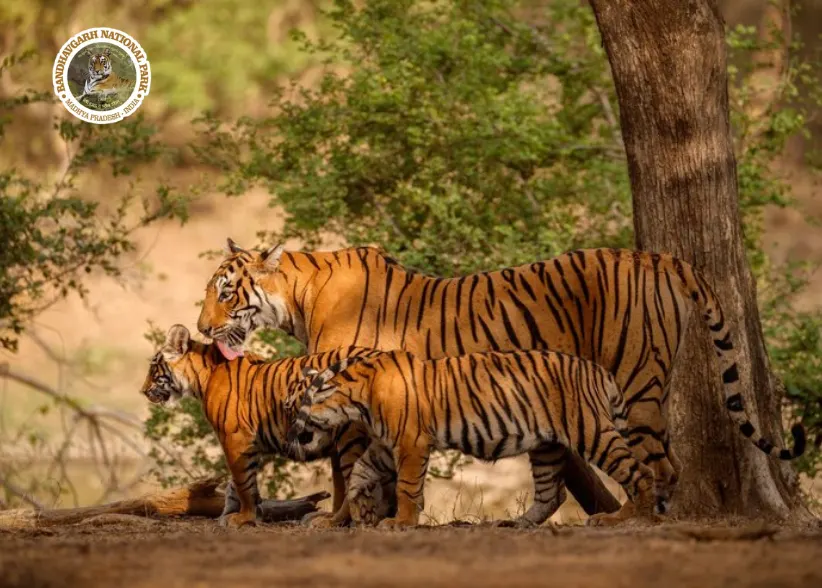
It is very small, but the most densely populated tiger habitat in any Indian reserve. It can’t be relied on unless you’re lucky enough to have spare time, but it’s there. It’s also used to track boar, deer, langur, and leopards – they’re frightfully shy animals, though, so this isn’t usually to be expected. Bandhavgarh is just a distance from the Kama Sutra statue, which enfold the ancient temples of Khajuraho, so it is a little uniform.
Dudhwa National Park
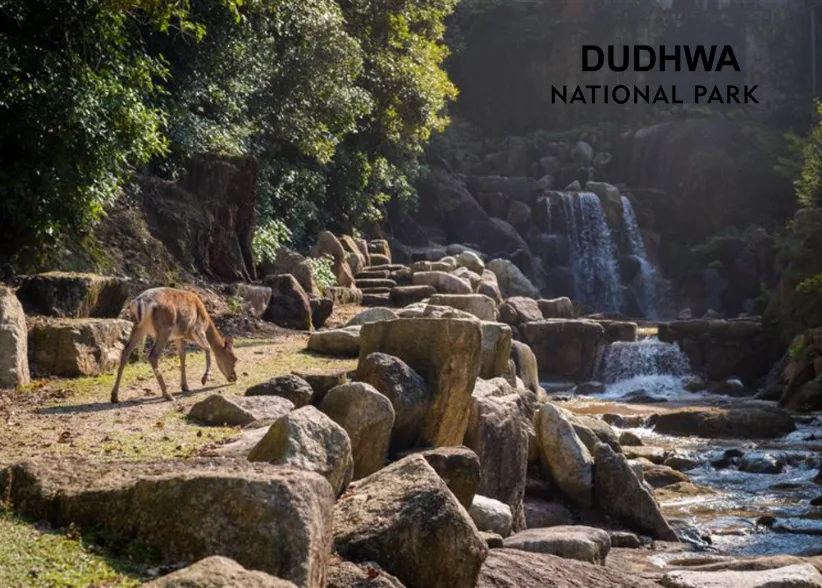
Dudhha National Park protects 490 sq km of rich marsh grassland of the Indian backwater border of Uttar Pradesh of Nepal. Dudhwa National Park lies in one of the largest blocks of Dudhwa Tiger Reserve and Kishanpur and Katarniaghat Wildlife Sanctuaries. Off-beat traveller or nature enthusiast, do not forget to note down your experience and review, write for us and motivate fellow travellers to plan for India’s off-beat destination.
Mudumalai Tiger Reserve
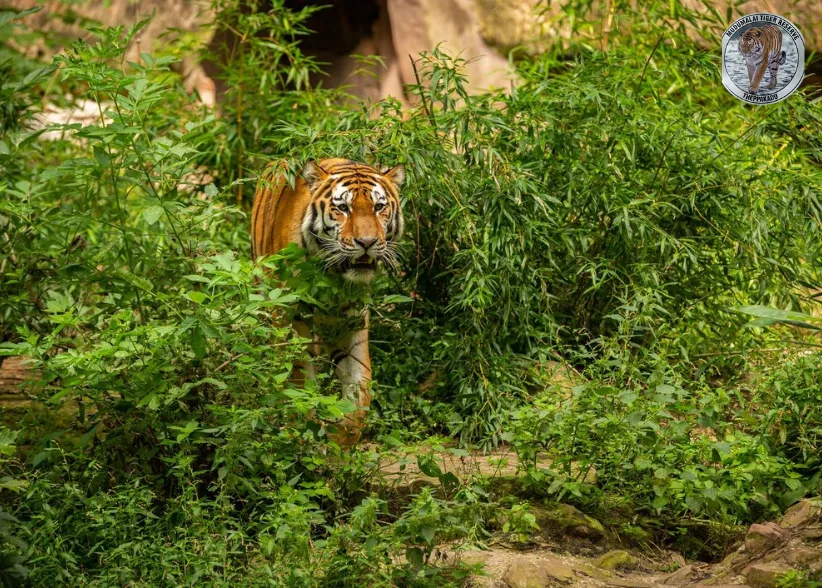
Clad in its refined combination of dense rainforest, grassland, and marshland. The reserve is seriously world-class for these lads to frolic in. Indian elephant, Bengal tiger, leopard, and more than 260 species of birds (do make an effort to keep your eyes open for the endemic Nilgiri flycatcher). All try their hand at grazing here, and that is why this is such a wonderful wildlife-watching country too.
Kanha Tiger Reserve
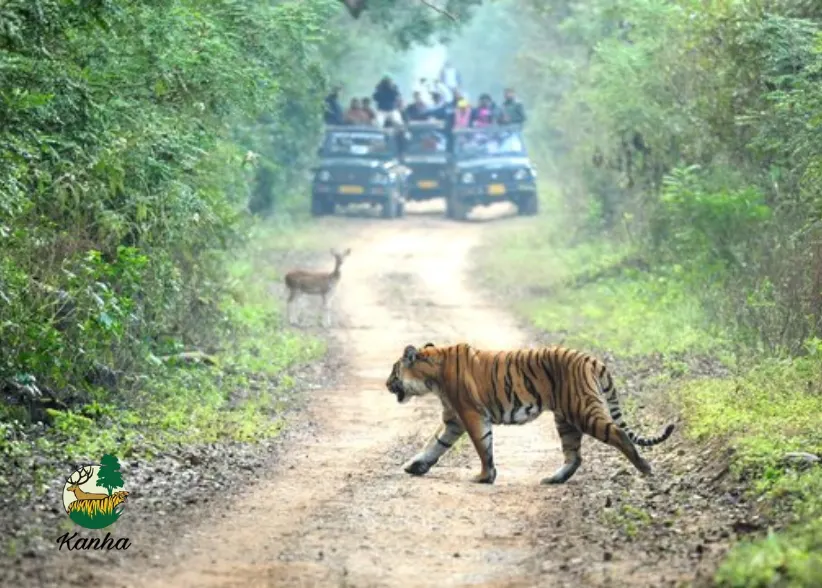
It would be able to hold a population of perhaps 80 tigers, so not Bandhavgarh but one of India’s large parks. It also features an incredible leopard, antelope and deer herd, boar, Indian bison (gaur), and langur monkeys. It receives less tourism than Bandhavgarh, and since it’s ginormous, the tigers won’t feel quite as much on display to appear as often. The only negative is less tourism, so go if you don’t mind waiting around longer and will be happy to wait.
Nagarahole Tiger Reserve
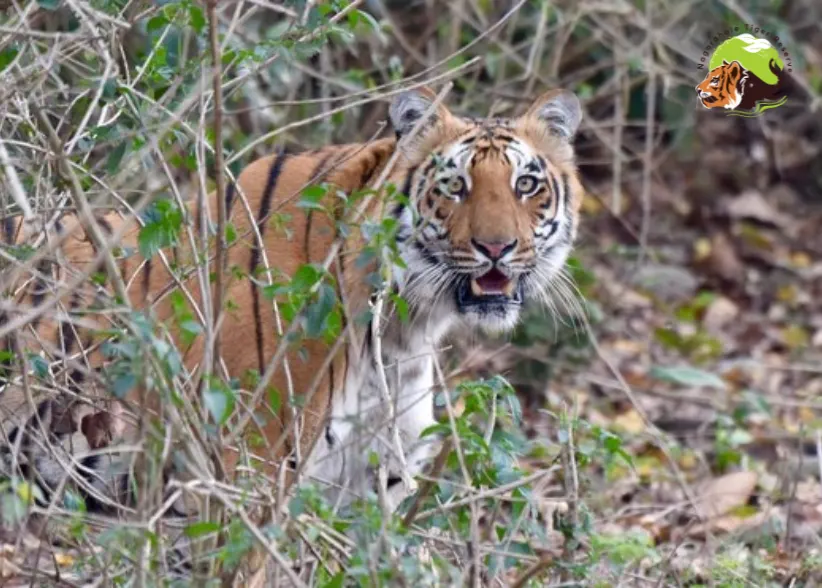
It is located in the south by Wayanad Wildlife Sanctuary and to the east by Bandipur Tiger Reserve. Spot the Oriental white-backed vulture and the Malabar grey hornbill on a birding tour. And with all the off-strips and game parks in India, something must be done. Bus safaris, boat safaris, and jeep-thrill safaris are the most glaringly obvious solutions. But closest of all is the off-the-beaten-path coracle safari, and that would necessarily be a round-boat spot on the riverbank.
Panna National Park
Farther still down the road to the Khajuraho temples than to Bandhavgarh itself is Panna National Park. They only just recently began doing tigers there, so you’ll miss out on a few chances to see some of them. But if you just simply absolutely have to stuff it in there in a big, big hurry, then grab one of the others by all means. You’ll see more chances for leopards there as well.
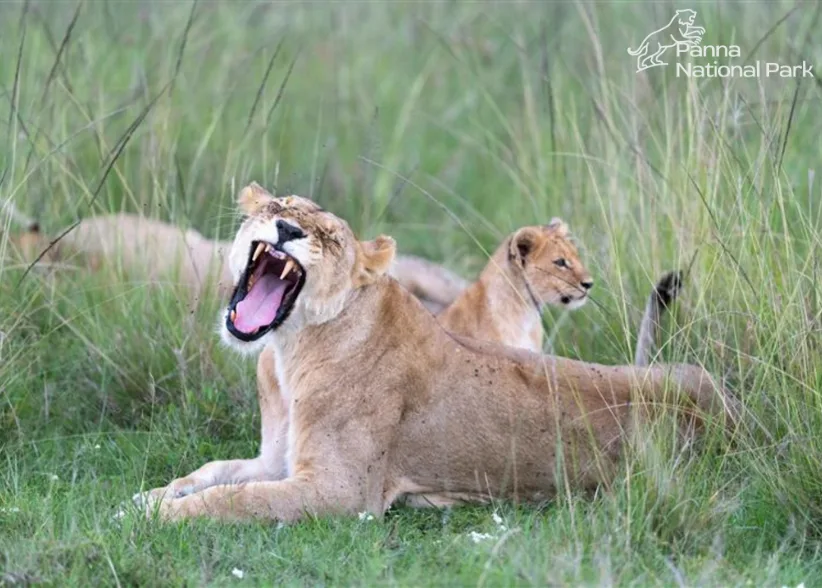
It is nice to have crocodiles to look at, and the park in general is nice and calm. We enjoy its peace, and it is nice as an ascetic park to go to and just unwind. You can look and see that you can look at some sort of monster or whatever, but not necessarily as a destination to go to and observe something in and of itself.
Final Verdict
An Indian jungle safari is more than just a vacation. It’s an adventure that puts you eyeball to eyeball with the wild and hacks out memories which never lose their glow. Whether you’re tracking the tiger’s growl or the greens’ sheerness of the canopies. India’s tiger reserves have something up their sleeve for you that will leave you gasping for air.
Frequently Asked Questions
What is the best time to go on a wildlife safari in India?
The ideal time is between October and June, as most parks remain open and animals are more easily spotted around water sources.
Which are the best national parks in India for tiger safaris?
Top tiger reserves include Bandhavgarh, Kanha, Ranthambore, Tadoba, and Nagarahole — all known for frequent tiger sightings.
Where can I see one-horned rhinos in India?
The Kaziranga National Park in Assam is the best place to spot the Indian one-horned rhinoceros in its natural habitat.
What types of safaris are available in India’s national parks?
You can enjoy jeep safaris, canter safaris, boat safaris, and even coracle rides in certain reserves like Nagarahole.
Are wildlife safaris in India safe?
Yes, safaris are safe when conducted with authorised guides and within designated zones. Follow all park safety instructions.
Do I need a prior booking for a safari in India?
Yes, advance booking is highly recommended, especially for popular parks like Ranthambore and Jim Corbett.
Can I combine a wildlife safari with other travel experiences in India?
Absolutely. Many travellers mix safaris with beach holidays in Goa, temple visits in Khajuraho, or hill retreats nearby.
Which Indian state has the highest number of national parks?
Madhya Pradesh is often called the “Tiger State” of India and has several top reserves, including Kanha, Bandhavgarh, and Panna.
What animals can I expect to see on an Indian safari?
Common sightings include tigers, elephants, leopards, rhinos, deer, antelopes, monkeys, and hundreds of bird species.
How can I plan a perfect wildlife safari in India?
Choose the right season, book authorised guides, pick your preferred national park, and plan for at least 2–3 safari rides to increase your chances of spotting wildlife.
Author Contribution
Maria Jose is a travel blogger sharing authentic stories, cultural insights, and hidden gems to inspire wanderlust and unforgettable memories around the world.

